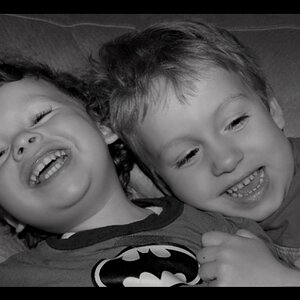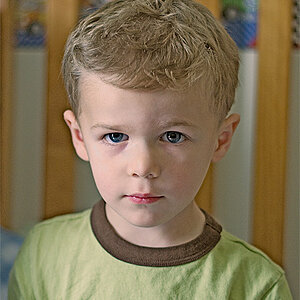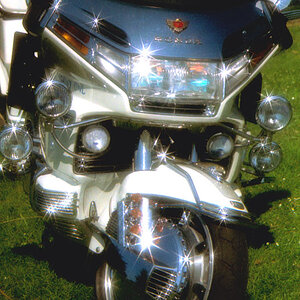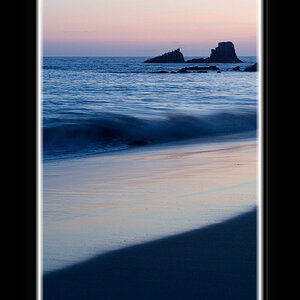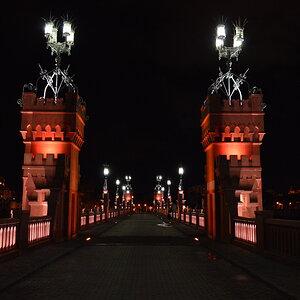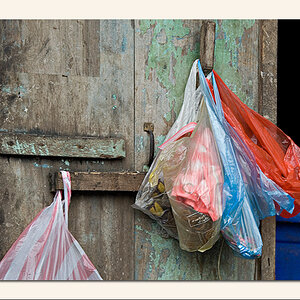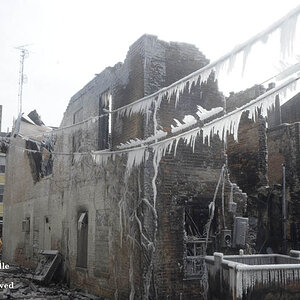benjaminpendleton
TPF Noob!
- Joined
- Aug 12, 2008
- Messages
- 14
- Reaction score
- 0
I was at a well-known camera store in the Allentown, Pa area. The salesman that I was talking to seemed very well informed. He said that he wouldn't go with any camera with more than 8 megapixels, that the memory that is currently available in cameras can't handle any more than that and that the camera companies are all blowing smoke with their higher megapixel models. He said that the higher megapixel models are actually producing lower quality images, not higher. Any comments?



